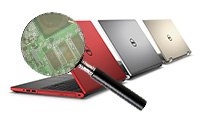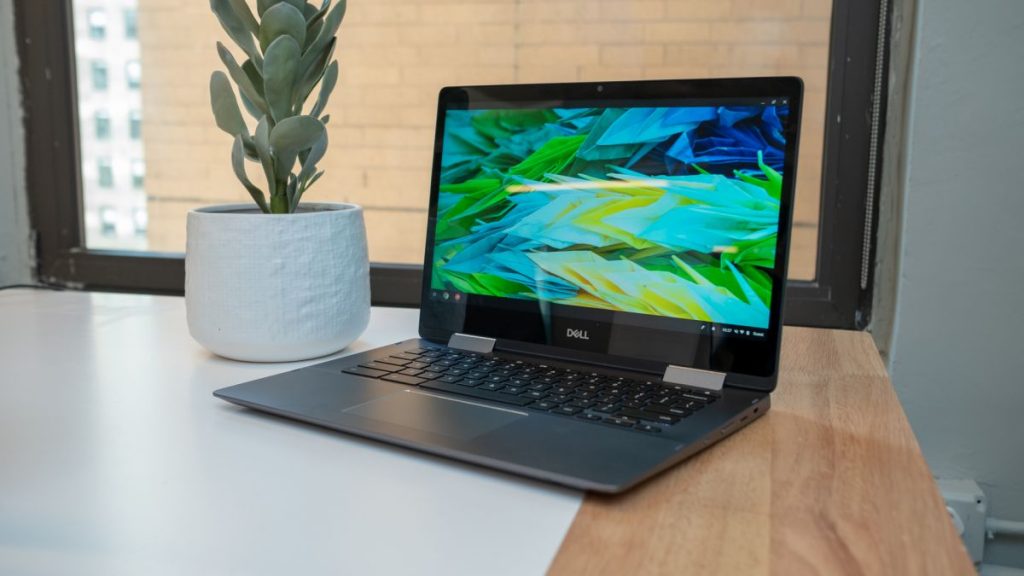

Despite the fact that large GPUs work using multitudes of cores, Eyeriss’ 168 cores don’t necessarily mean the consumption of large amounts of energy. In fact, MIT researchers claim it consumes a whopping 10 times less power and takes a fraction of the resources than the same little GPU you would find in your smartphone. Eyeriss will process and perform all of its brain-like functionality without needing to tap into other data sources, such as Wi-Fi or the cloud. In the instance of a self-driving vehicle, this method of on-board brain power would be helpful if the driver were to, say, find himself in a remote area with little to no internet (PC World).


The new chip has already been demonstrated to the public during the ISSCC (International Solid-State Circuits Conference), where MIT researchers showed off image recognition skills. We don’t know when to expect the Eyeriss technology implemented into our favorite smartphone or smartwatch. However, when it does happen, it is going to be a huge benefit for those of us who would love for our device to have that extra brain power.

 Laptop & Tablet Parts
Laptop & Tablet Parts




















